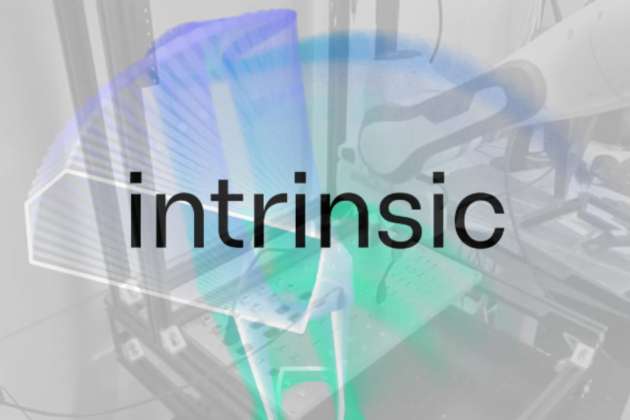Night road - The Highway Code celebrates its 100th anniversary
Just a century ago, a decree instituted the first French Highway Code. Very imperfect, this little booklet of about ten pages was soon to be completed by dozens of others...
27/01/2022
Just a century ago, a decree instituted the first French Highway Code. Very imperfect, this little booklet of about ten pages was soon to be supplemented by dozens of other decrees and binding rules.
The decree formalizing the first version of the Highway Code.It is a small brochure of only ten pages, while it has 250 today. But this first Highway Code, which appeared on May 27, 1921, and which is celebrating its 100th anniversary these days, is the very beginning of a long saga which has led to the most widespread examination in France: the driver's license. drive, with its 1.5 million applicants, far ahead of the baccalaureate and its 800,000 applicants.
53,000 cars in 1910, 40 million today
However, the famous "decree concerning the regulation of roads open to public traffic" of its real name, is only the generalization of an older text, dated 1901. That year, the mustachioed president of the Automobile Club des Vosges writes 10 articles supposed to regulate the circulation of automobiles. Except that, even if his initiative is commendable, it is not national and many municipalities take decisions establishing different rules in a beautiful cacophony. Obviously, the France of this beginning of the century does not yet know the traffic jams of the Périf and the queues at the tollbooth of Saint Arnoult. There were only 53,000 cars in France in 1910, but their number increased rapidly. Ten years later, they are 330,000. We are certainly far from the 40 million or so in circulation today, but to avoid chaos, we must legislate. The decree of 1921 will put this in order and the work of President Perrigot will be invaluable for the drafting of this new text.
One of the first illustrated volumes of the Highway Code, at the end of the 1920s.But this first Highway Code remains rather elusive on many points. Speed limit ? The text is content to specify that it is always necessary "to drive at a moderate pace when crossing built-up areas and whenever the path is not perfectly clear". As for priority on the right, it is not relevant. All that this first code recommends, and the only thing to which it forces motorists at each junction, is to give way "to vehicles traveling on national roads or paths which would be officially assimilated to them". Basically, the one driving on the main road has priority.
We are asked to drive at a moderate pace in the crossing of the agglomerations.Except that each being convinced that the path he takes is more important than that of the other motorist, the case often creates clashes of sheets and egos. The same goes for right-hand drive. It is perfectly possible in the early twenties to drive in the middle of the road, except if a vehicle is coming from the opposite direction, in which case you have to keep to your right, and always overtake on the left. The rule is not very clear? It was no more at the time and gave rise to some memorable clashes.
A steadily increasing number of articlesObviously, all these holes in the racket of the early Highway Code will be quickly filled. Year after year, it will be supplemented and above all increased. From speed limits to one-way traffic and speed cameras, it is rare that a year has passed, since that day of May 27, 1921, without an additional article completing the imposing volume. An increase in articles that should not dry up anytime soon.




